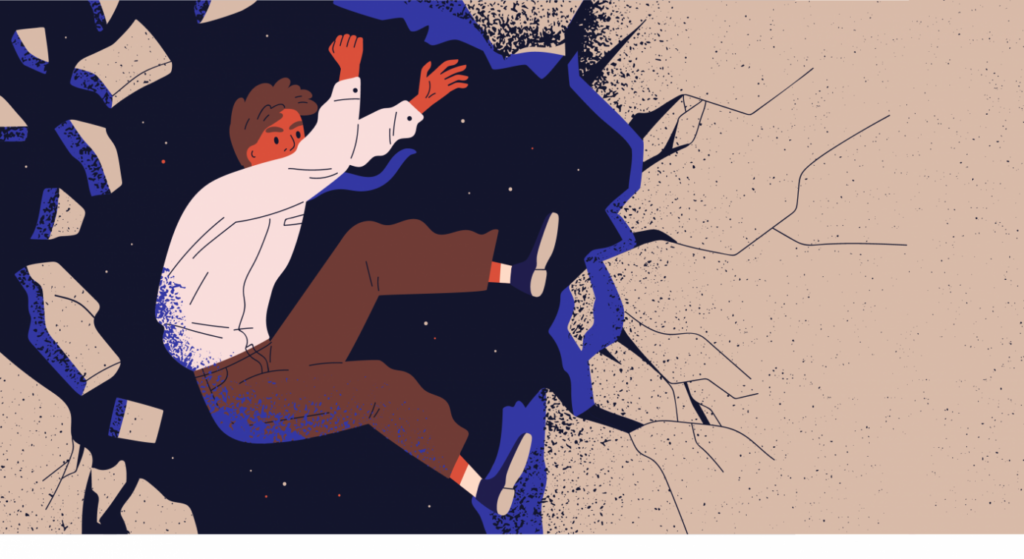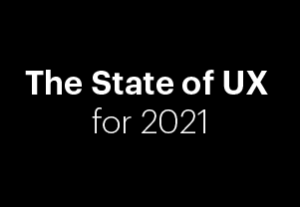- Behavioral Science, Customer Experience, Emotion, Empathy, Gaming, Human factors
Gamification empowers designers to drive human emotions that automatically means a product becomes remarkable and stand-out.Gamification empowers designers to drive human emotions that automatically means a product has more chances to become successful because it gets the user’s reaction. It becomes remarkable and stand-out.
Article by Dana Kachan
Gamification in UX Design: Designing Fun Experiences for Serious Situations
Share:Gamification in UX Design: Designing Fun Experiences for Serious Situations
Share this link
- February 8, 2021
4 min read







